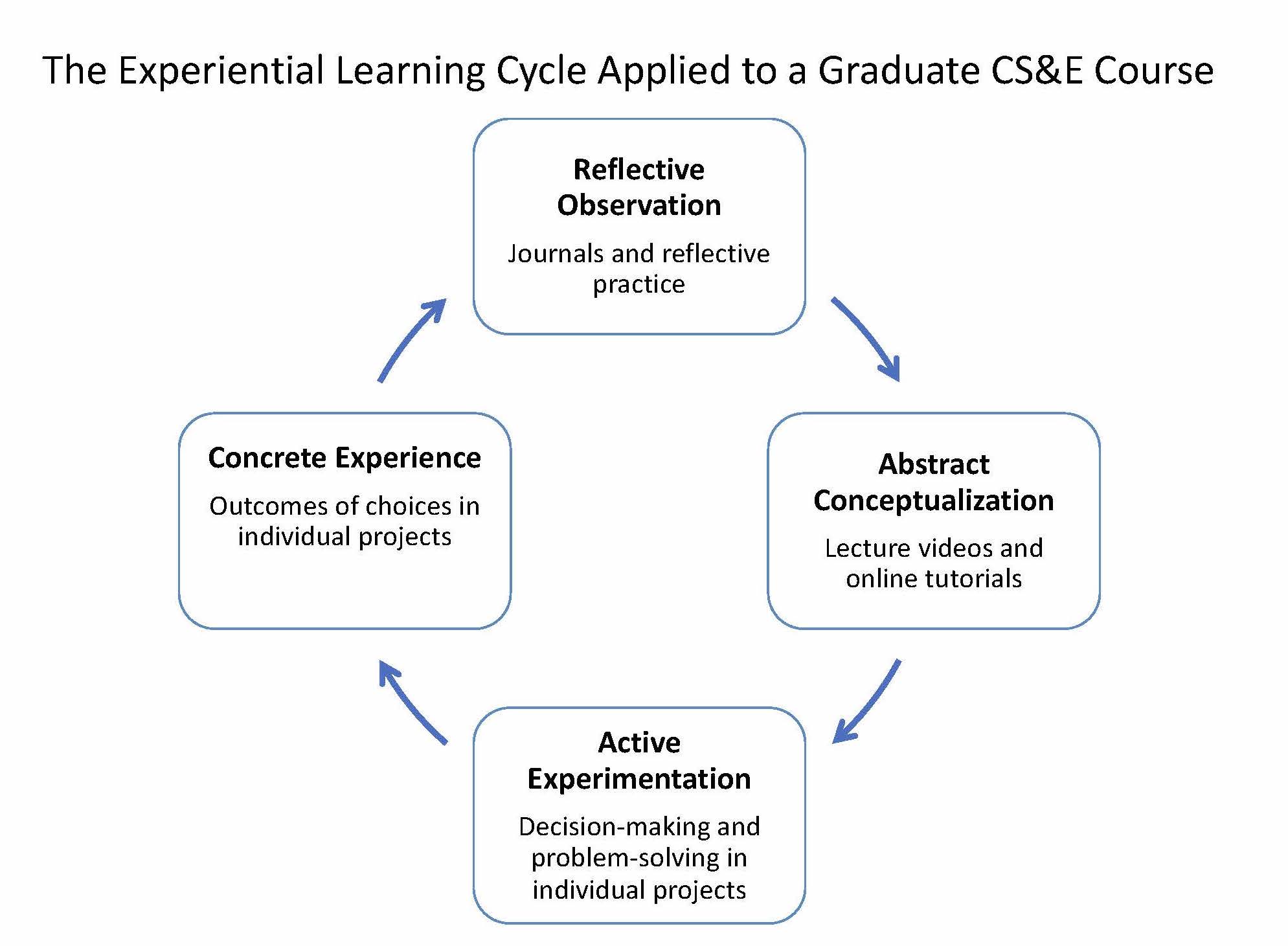August 2022
- Details
- Parent Category: resources
- Published on Monday, 06 September 2021 07:29
How should we teach computational science?
CIG's mission was originally focused on creating software for the geodynamics community. Over the years, that focus has expanded to providing education to our community on not only how to use CIG-supported software but to include the spectrum of general computational science knowledge, from using the command line to software development and numerical methods.
A question of interest to many of the people who interact with CIG, is how to structure our students' education in Computational Science and Engineering (CS&E) courses, and what teaching methodologies might work best. Given that one of us teaches courses in this area, we started to look through the education literature. Unfortunately, in contrast to mathematics and many other STEM disciplines, essentially nothing exists on CS&E education. But CS&E presents its own challenges: courses are most frequently taught as Computational X courses (X=physics, chemistry, geosciences), needing to cover breadth rather than depth. Topics commonly found on syllabi might include teaching Linux, programming languages, compilers, general numerical methods, data processing, visualization, and applications to concrete disciplinary projects.
Our approach
As an interdisciplinary team, we wondered how we could consciously design CS&E courses based on contemporary educational practices, and what evidence we can produce to assess such designs. We settled on semester-long projects, supported by a “flipped classroom” in which students watch videos that present new material outside class, and discuss the material in class. This approach freed the instructor for more individualized interactions with students and highly personalized student learning opportunities.
It is not a surprise to practitioners that students pay little attention to these videos if they aren't required. Our approach to accountability and students’ self-awareness of learning processes was to ask them to keep a “journal” in which they record which lectures they have watched, what key points they are taking away from them, and what questions they have. Students are also asked to summarize every week what they have done for their projects, the progress they have made, and the difficulties they have encountered. This mirrors the use of a lab notebook and leverages the important qualities of “reflective learning” practices (Figure 1): We know from educational research that reflecting on what one is doing is an important part of becoming a successful professional. We use simple Google Docs for these journals, enabling the instructor to read them at least once a week and provide feedback in a different color – a manageable task with 15 or 20 students.
Many students quickly realize that they can use these journals as an additional way to interact with their professor, outside the classroom and often concurrent with them working on their projects. Having a student’s document open while they are summarizing their work, writing a question, backspacing through it again, and replacing it with how they figured out the answer is one of the most exhilarating and direct ways we can experience student learning. Interacting with students this way and helping them along with their projects takes about as much time as grading a traditional assignment, but is certainly a lot more fun.
Assessment
In the end, whether this kind of course design works or not requires an objective assessment. For a calculus or introduction to computer science courses, one can make quantitative comparisons between different designs with large sample sizes. This is not possible with small courses such as in graduate-level CS&E, but educational scientists can leverage rigorous qualitative assessment that involve interviews, surveys, and linguistic evaluation of documents such as the journals we asked students to keep. Our evaluation shows that students were convinced that our approach to this class is at least as good as traditional lectures, and that they enjoyed it substantially more. A significant fraction of our students also indicated that they gained skills in learning in this class; several started to keep journals for their graduate studies outside the class.
From the instructor’s perspective, this course design was an excellent way to have more personalized contact with students. Most of us were taught by professors standing at the whiteboard and lecturing; it might feel comforting and stable to continue this tradition, but if you enjoy the direct interaction with students, using a different format might be worth considering. In many circumstances, teaching and lecturing need not be the same and lecturing might not be the most efficient way of conveying knowledge and skills. Given how much material is available from others through video lectures already, the start-up cost for flipped classrooms may not even be particularly large.
More information about the course design, our assessment of it, and both student and instructor perceptions about the course can be found at the link in the references below.
Contributed by:
Wolfgang Bangerth and Jill Zarestky, Colorado State University Fort Collins
References
J. Zarestky, M. Bigler, M. Brazile, T. Lopes, W. Bangerth: “Reflective Writing Supports Metacognition and Self-regulation in Graduate Computational Science and Engineering”, Computers and Education Open, vol. 3, article 100085, 2022. DOI: 10.1016/j.caeo.2022.100085.
W. Bangerth: Videos on Computational Science:
https://www.math.colostate.edu/~bangerth/videos.html

Figure 1. The four stages of Kolb's Experiential Learning Cycle guided the design of our graduate CS&E course. For each stage, students engaged in targeted assignments and activities. Generally, students worked through the cycle on a weekly basis.
